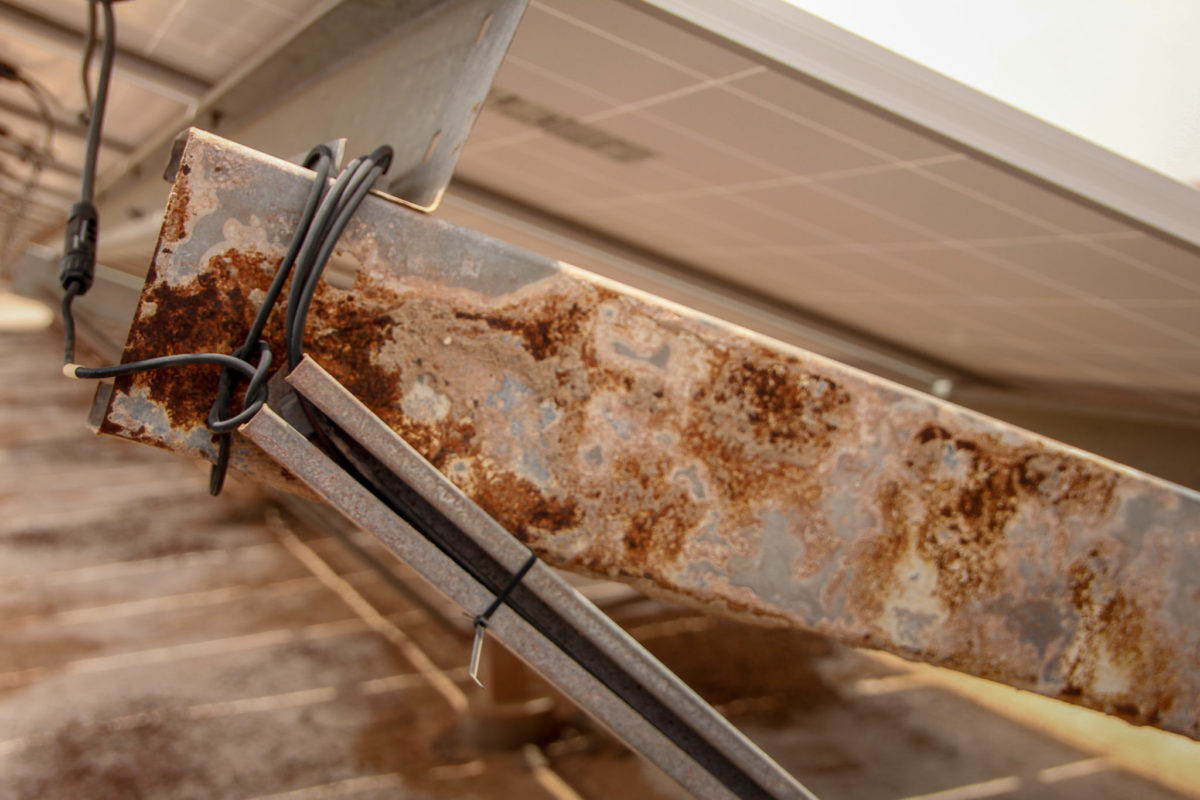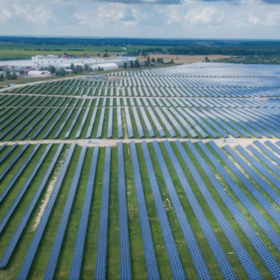From pv magazine, September 2019
There is good news to report about module and installation quality in India: Things are on the up. But the work on quality never ends, and the National Solar Energy Federation of India (NSEFI) continues to work on developing and deploying best-practice quality guidelines for PV asset management and solar project development.
“For context, this is the joint project between Solar Power Europe and NSEFI,” explains Subrahmanyam Pulipaka, the CEO of NSEFI. “What we are trying to do is get the best practices from an Indian context, using the SPE guidelines and adapting them. The first part is done – we have identified our reference points from the SPE report; identified the areas in the Indian context that need to be addressed; and we are now in the consultation period regarding our members.”
As the guidelines take shape, Pulipaka reports that a number of quality issues that had risen to prominence in the Indian market are now being addressed. In 2018, independent engineering provider PI Berlin carried out and publicized a study of six PV projects in India. It found that a host of quality concerns were evident. In particular, problems with module quality were detected, as well as damage from incorrect handling. And component selection was rarely made with local environmental conditions in mind, leading to corrosion, failures and faults.
“We have seen remarkable improvements, or rather increased emphasis, on particular aspects of project quality,” says Pulipaka. “The wiring and cabling was one of the main things raised by PI Berlin. This can now be seen to have been improved, including the use of underground ducting … Usually, we can proudly say [that] we are on par with our Western counterparts.”
Falling prices
One of the drivers behind the improvements in project quality is tighter project revenue streams, says the youthful CEO of NSEFI. While race-to-the-bottom pricing and bids may put pressure on supply chains, less generous feed-in tariffs or PPAs mean that maximizing power output over time becomes a priority.
“Every unit [of power] matters,” says Pulipaka. “When the tariffs were high, the Indian market was in a nascent stage. Today we are at a very good stage to understand and react to the importance of quality.”
Improvement has also taken place with regard to quality in Indian manufacturing, reports Rajaram Pai, DuPont Photovoltaic Solutions’ business leader for South Asia and ASEAN. He says that among “the larger” Indian manufacturers that DuPont works with, many are reporting high utilization rates, with project developers opting for a blend of locally produced and imported modules.
“A lot of the developers feel comfortable to lock in volumes from the Indian guys,” says Pai. “The production is right in front and you can actually visit the facilities.” He says that another influence on the embrace of Made in India modules is that the quality gap between homegrown and imported panels is closing.
“Years ago it was pretty different because there was a much larger differential, and there were not the safeguard duty restrictions,” Pai says. “The disparity in the wattages and the quality of modules [between Indian and imported] was quite glaring.”
The DuPont representative says that improvements in Indian manufacturing emanate more from a better general understanding of quality, through to upgraded equipment on lines, in-line inspection, more scrutiny of material quality and the benefits of higher line utilization.
BIS steps in
On the policy level, the development and application of Bureau of India Standards (BIS) for solar PV manufacturing and testing has played a key role in boosting quality on Indian production lines. One positive aspect, says DuPont’s Pai, is that it has made manufacturers wary of switching module Bill of Materials (BOM), due to the related certification costs.
“It has deterred those people supplying sub grade materials,” he explains.
On the other hand, there is still room for the BIS to more comprehensively integrate the harsh environmental conditions of India into the standards regimes, rather than replicating existing IEC regulations.
Last year, PI Berlin engineers noted that while environmental conditions such as salinity, high UV levels, humidity, heat, sand and strong winds are often experienced by PV project developers, “in several areas of India PV projects often face a large number of these factors at the same time.”
There is also a need, adds Pai, for more testing facilities that are qualified to carry out BIS testing and certification. He notes that there are numerous “prestigious scientific institutes in the country” that could carry out such tests. By expanding the number of accredited testing facilities, Pai concludes, India could accelerate the certification process for new materials.
This content is protected by copyright and may not be reused. If you want to cooperate with us and would like to reuse some of our content, please contact: editors@pv-magazine.com.









By submitting this form you agree to pv magazine using your data for the purposes of publishing your comment.
Your personal data will only be disclosed or otherwise transmitted to third parties for the purposes of spam filtering or if this is necessary for technical maintenance of the website. Any other transfer to third parties will not take place unless this is justified on the basis of applicable data protection regulations or if pv magazine is legally obliged to do so.
You may revoke this consent at any time with effect for the future, in which case your personal data will be deleted immediately. Otherwise, your data will be deleted if pv magazine has processed your request or the purpose of data storage is fulfilled.
Further information on data privacy can be found in our Data Protection Policy.